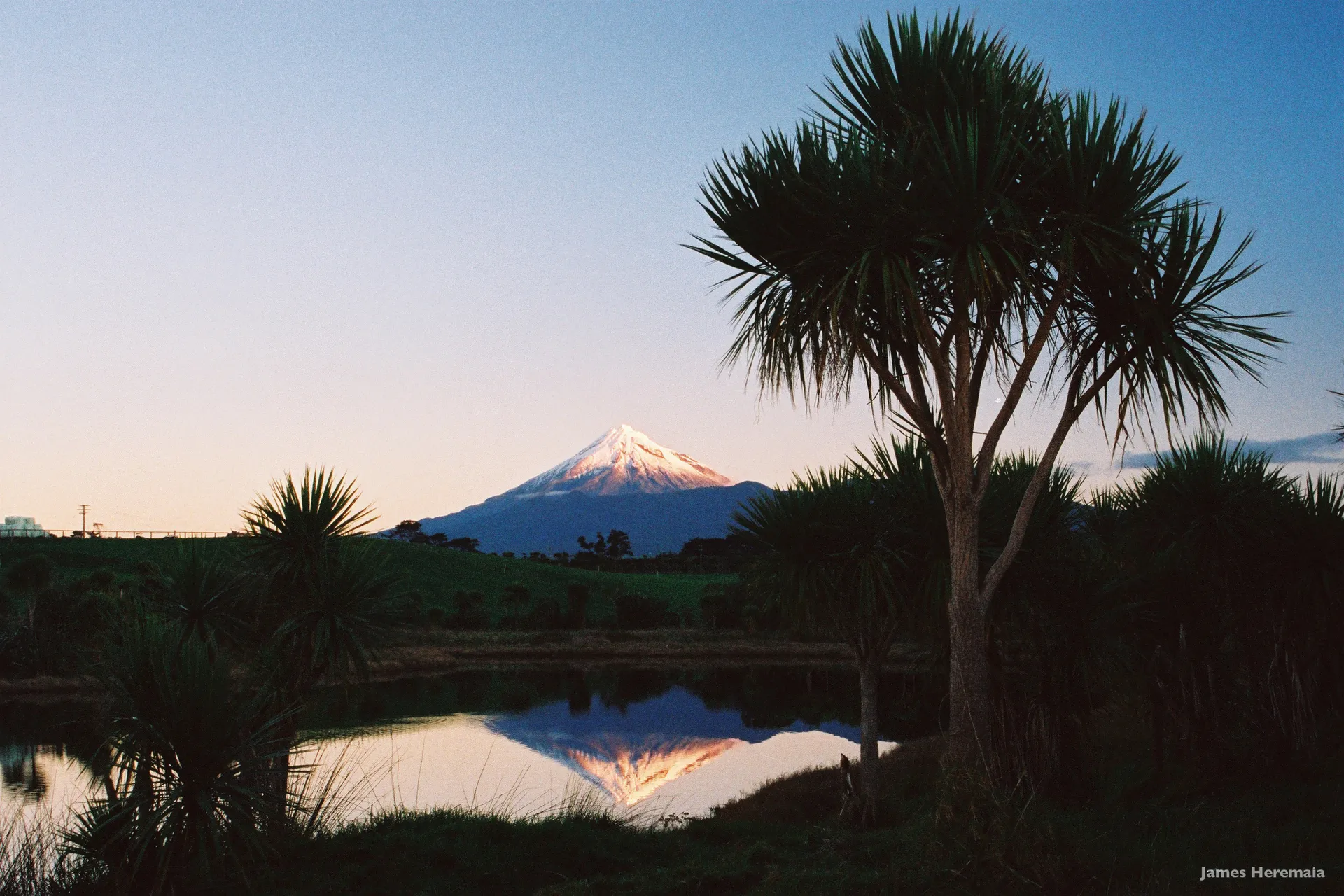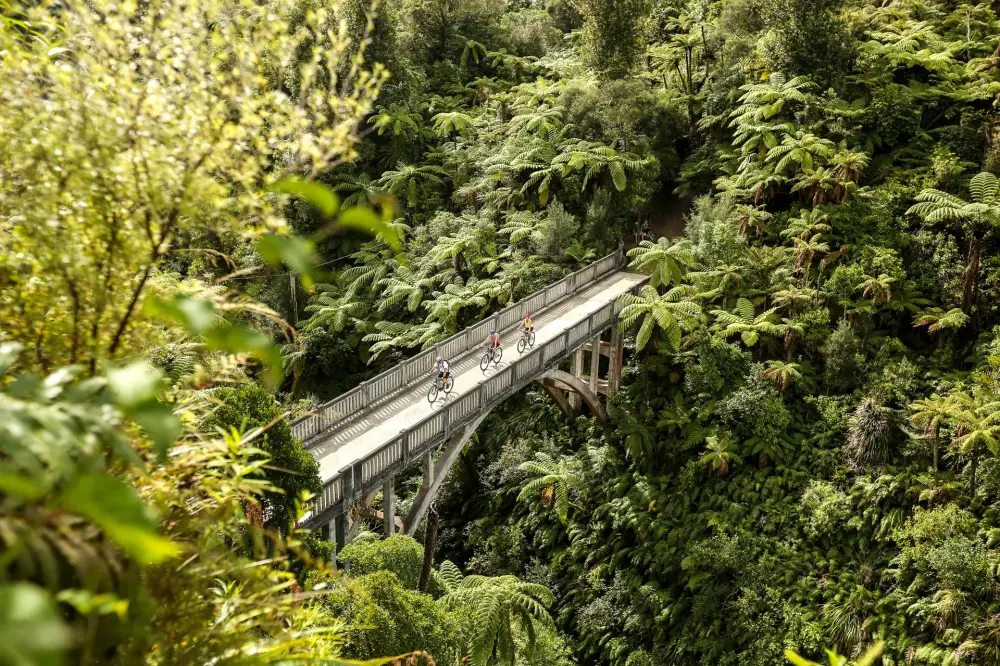
Overview
Manawatu-Wanganui Region is located in the central-southern part of New Zealand's North Island, characterized by tranquil plains, rivers, and mountainous terrain. This region's main industries are agriculture and livestock farming, and it offers various outdoor activities across the plains and mountainous areas along the rivers. One of New Zealand's longest rivers, the Whanganui River, flows through here, with deep-rooted history and culture centered around the river. It is a travel destination where you can enjoy both culture and nature, with traces of Maori traditional culture and early European settlements.
Features
-
Center of Agriculture and Livestock Farming
The Manawatu-Wanganui region has developed into one of New Zealand's major agricultural and livestock farming areas due to its fertile soil and wide plains. Various crops and livestock are raised on the vast grasslands, playing an important role in the local economy.
-
Wanganui River – New Zealand's Longest Navigable River
The Wanganui River runs through the Manawatu-Wanganui region and is the longest navigable river in New Zealand. The river is surrounded by many Maori cultural heritage sites and historical landmarks, and visitors can enjoy canoeing, kayaking, and boat tours along the river. This river is closely linked to Maori legends and is considered a sacred river by the local people.
-
Harmony of Culture and Nature
The Manawatu-Wanganui region is an area where Maori traditions and the history of early European settlers blend together, with various cultural heritages and museums located here. Through Maori traditional arts and artifacts, as well as buildings from the early pioneer era, visitors can experience the diverse culture of New Zealand.
-
Mountainous Terrain and Trekking Destinations
The Manawatu-Wanganui region features mountainous terrain including the Tararua Range and Mount Ruapehu, making it suitable for various outdoor activities such as hiking, trekking, and skiing. In particular, Tongariro National Park is very famous for its trekking courses.
Major Cities
-
Palmerston North
The central city of the Manawatu region and a hub for education and research, with active academic activities related to Massey University. Palmerston North is a multicultural city, hosting various international events and cultural activities, boasting a comfortable lifestyle and an artistic atmosphere.
-
Whanganui
A historic city in the Manawatu-Whanganui region, and one of the oldest cities in New Zealand. Located along the Whanganui River, this city is notable for its beautiful riverside and Victorian-style architecture, and is well-preserved in terms of art, culture, and especially Maori traditions.
-
Taihape
A small town located in the northern part of the Manawatu-Whanganui region, centered on wool and agriculture. Taihape is famous for its annual 'Gumboot Day' festival and offers opportunities to experience agriculture and traditional culture.
-
Taumarunui
A village located near Mount Ruapehu, serving as a gateway to enjoy the mountainous terrain and nature of New Zealand's North Island. It is a center for hiking, skiing, and canoeing activities, and is especially popular with tourists due to its proximity to Tongariro National Park.
Attractions
-
Whanganui National Park
A national park located around the Whanganui River, featuring impressive primeval forests and valleys along the river. You can explore nature and Maori cultural heritage by canoeing and kayaking along the river. The famous canoe trail called the Whanganui Journey is one of New Zealand's Great Walks, allowing tourists to enjoy historic scenery along the river.
-
Tongariro National Park
The oldest national park in New Zealand and a UNESCO World Heritage site. It includes several volcanoes such as Mount Ruapehu, Mount Ngauruhoe, and Mount Tongariro, with various trekking courses available. Especially, the Tongariro Alpine Crossing is a world-renowned trail where you can admire unique volcanic landscapes and beautiful scenery.
-
Sarjeant Gallery & Whanganui Regional Museum
An art gallery and museum located in Whanganui city, featuring exhibitions on New Zealand and Maori history and culture. The Sarjeant Gallery harmonizes contemporary and traditional art, allowing visitors to appreciate the artistic heritage of the Whanganui region.
-
Te Manawa Museum
A comprehensive museum located in Palmerston North, covering exhibitions related to New Zealand's natural history, science, art, and culture. It offers many interesting exhibits for family visitors, along with various interactive programs for children.
-
Tararua Range
A mountain range dividing the Manawatu-Wanganui and Wellington regions, offering various hiking and trekking courses. You can enjoy natural scenery combining dense forests and mountainous terrain, making it popular among nature lovers and adventure travelers.
-
Mount Ruapehu
An active volcano located within Tongariro National Park and the highest mountain on New Zealand's North Island. In winter, Mount Ruapehu becomes a center for skiing and snowboarding, with two major ski resorts (Whakapapa and Turoa). In summer, visitors can enjoy trekking and nature exploration.
-
Durie Hill Elevator and Tower
A unique lookout and elevator located in Whanganui, one of the oldest public elevators in New Zealand. From the Durie Hill Tower, you can get a panoramic view of the Whanganui River and cityscape, allowing tourists to experience the historic charm of Whanganui.
-
Highland Home and Nature Reserve
A nature reserve in the Manawatu-Wanganui region focusing on protecting local ecosystems and wildlife. It offers opportunities for walking and nature observation, with chances to see various wild animals up close.



